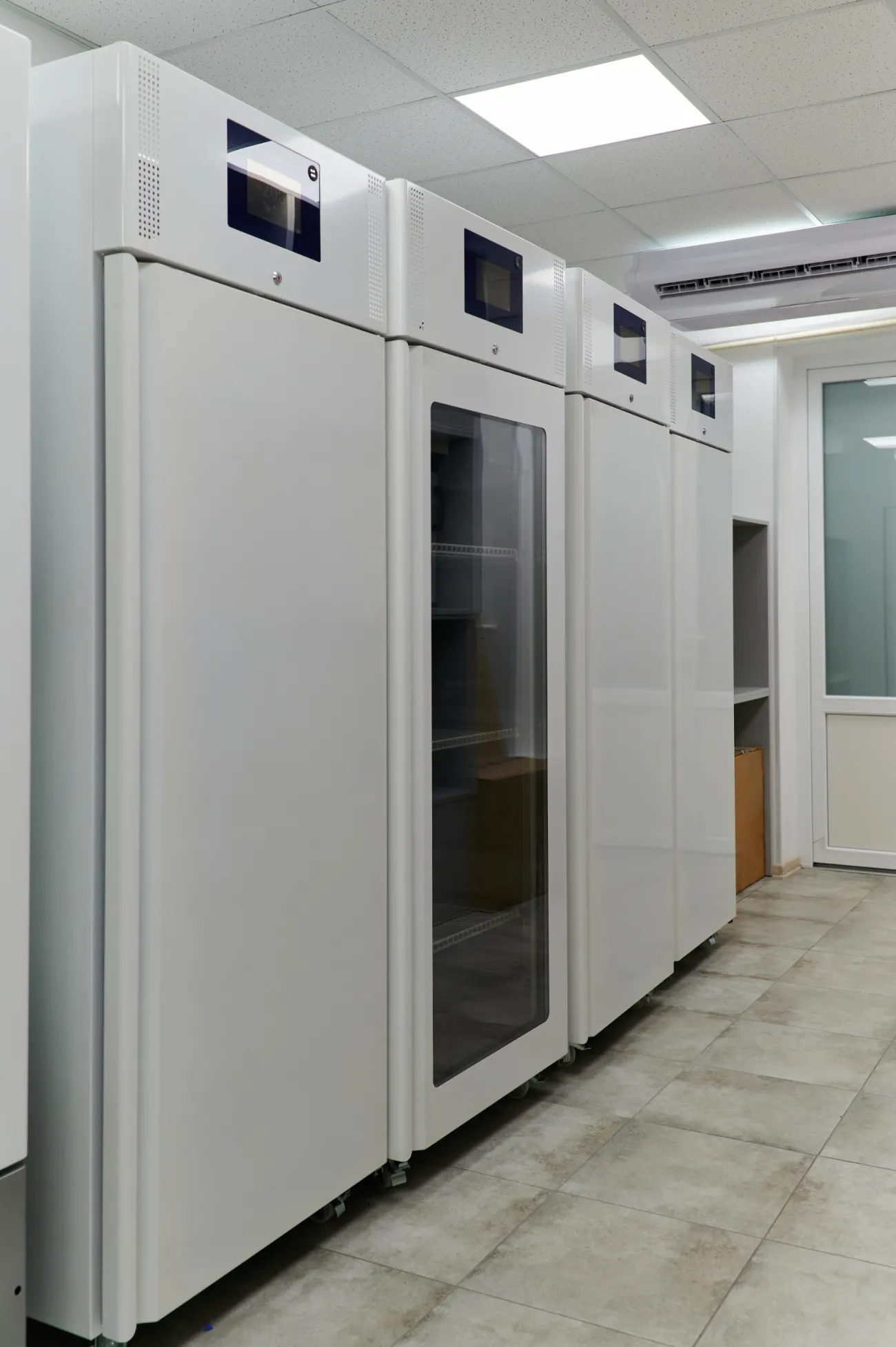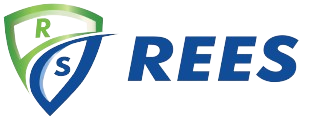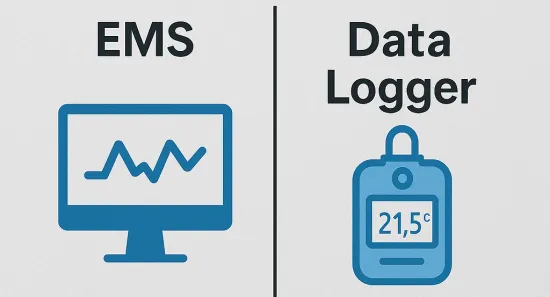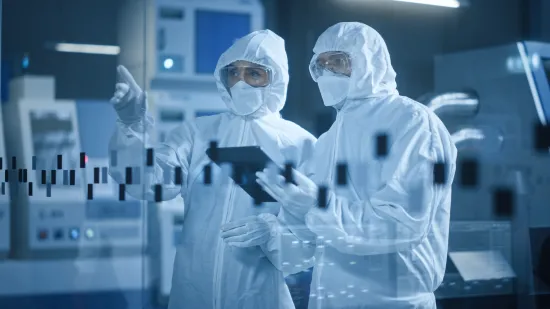Regulatory Compliance
ISO Compliance: The Role of Calibration & Validation in Quality Assurance
Author: Gagan Kaur
Jun 20, 2025

For laboratories, biotech companies, and regulated manufacturing facilities, compliance isn’t just a box to check, it’s the foundation of trust, quality, and patient safety. ISO standards, like ISO 17025 and ISO 9001, set the benchmark for consistent quality, and at the core of these standards are two critical practices: calibration and validation.
Why ISO Compliance Matters
ISO standards provide a structured framework that ensures processes, equipment, and data are reliable and consistent. Achieving compliance is about more than avoiding penalties; it’s about demonstrating to regulators, customers, and partners that your operations meet the highest standards of quality and safety.
For labs and manufacturers, ISO compliance builds confidence in your results and safeguards the integrity of your products. It also enhances market access, as many clients and partners require suppliers to demonstrate compliance with recognized standards.
The Importance of Calibration
Calibration is the process of verifying that an instrument or device is measuring accurately. It involves comparing a device’s output against a known standard and making adjustments if needed. Regular calibration ensures that every reading you record, whether it’s temperature, humidity, or pressure, is trustworthy.
For ISO 17025 compliance, all calibration results are reported with calculated uncertainty, ensuring confidence in measurement traceability. Calibration is performed using traceable standards, and the results are carefully documented and reviewed.
Calibration and validation activities are carried out by trained, competent personnel in accordance with documented competency requirements, ensuring technical accuracy and regulatory alignment.
The Role of Validation
Validation is the documented process of ensuring that a system, process, or piece of equipment performs as intended. It demonstrates that the system consistently produces results that meet pre-defined requirements.
For environmental monitoring systems, validation is critical. It confirms that sensors, alarms, and data reporting functions are accurate and reliable. Without validation, even the best system could produce unreliable data, putting both compliance and product integrity at risk.
System validation includes tests specifically designed to meet 21 CFR Part 11 requirements, including data integrity, security controls, and audit trail verification.
How Calibration and Validation Work Together
While calibration ensures individual devices are accurate, validation ensures the overall system, including devices, software, and processes performs correctly as a whole. They complement each other: calibration provides the accuracy needed to trust the data, and validation provides the confidence that the system operates as expected, consistently and reliably.
Meeting ISO Requirements
Both ISO 17025 and ISO 9001 require organizations to establish processes for calibration and validation. These processes should be documented, regularly reviewed, and subject to continuous improvement.
Key steps include:
- Documenting calibration procedures and schedules
- Performing calibration using traceable standards
- Maintaining records of calibration results and adjustments
- Conducting system validation with documented protocols and acceptance criteria
- Ensuring re-validation after system changes or upgrades
Calibration and validation records are managed under strict document control procedures to ensure accuracy, traceability, and data integrity.
Supporting Compliance with Rees Scientific
At Rees Scientific, we recognize that calibration and validation are not just regulatory requirements; they’re critical to your quality management system. Our services are designed to support your compliance journey with:
- ISO 17025-accredited calibration services for a wide range of sensors and instruments
- Comprehensive validation protocols that align with ISO 17025 and 21 CFR Part 11 requirements
- Expert support to help you maintain compliance throughout your system’s lifecycle
Our systems are validated in accordance with 21 CFR Part 11 to ensure electronic records and signatures are trustworthy, reliable, and equivalent to paper records. This includes rigorous controls such as audit trails, user access management, system validation protocols, and electronic signature verification.
Our environmental monitoring system maintains secure, time-stamped audit trails for all user actions and data changes, ensuring full traceability. User access is controlled through unique credentials, ensuring only authorized personnel can enter or modify system data. Electronic signatures are linked to their respective records and comply with FDA requirements for signer authentication, ensuring accountability.
While compliance is complex, it doesn’t have to be overwhelming. With the right processes, partners, and commitment to quality, your facility can meet ISO standards with confidence.
Frequently Asked Questions
How often should I calibrate my monitoring equipment?
Calibration frequency depends on the criticality of the equipment and the manufacturer’s recommendations, but it’s essential to establish a documented schedule. Regular calibration, at least annually, or as required by your standard operating procedures, ensures your equipment remains accurate and compliant with ISO standards.
What’s the difference between calibration and validation?
Calibration verifies the accuracy of individual instruments against a known standard. Validation, on the other hand, ensures that the entire system, hardware, software, and processes, performs reliably and as intended. Both are required for ISO compliance, but they serve different purposes in quality assurance.
How do I know if my calibration and validation records are audit-ready?
Check that your records are complete, traceable, and up to date. They should include dates, results, any adjustments made, and signatures. If you can easily demonstrate these records during an audit, you’re on the right track.
How can I ensure my calibration and validation processes align with ISO requirements?
Start by reviewing the relevant ISO standards (like ISO 17025 for testing and calibration labs, or ISO 9001 for quality management) and compare them to your current processes. Make sure your procedures are documented, your records are complete, and your staff is trained on these procedures. Regular internal audits and periodic reviews can help keep your practices aligned with ISO requirements.
What happens if we upgrade or change our systems?
Any system change, whether it’s new software, hardware, or process adjustments, requires a review of your validation plan. Re-validation ensures that the modified system still performs according to its intended use and complies with applicable standards.
Conclusion
Calibration and validation are the backbone of ISO compliance. They’re not just technical exercises; they’re essential steps that ensure the integrity of your data, the reliability of your systems, and ultimately, the safety of the products that reach your customers. By implementing thorough calibration and validation processes and maintaining accurate, audit-ready records, you’re investing in the quality, trust, and reputation of your operation.
At Rees Scientific, we’re here to help you navigate the complexities of compliance with confidence. Our team understands the critical role that calibration and validation play in your quality management system, and we’re dedicated to supporting your journey toward excellence.
If you’re ready to strengthen your compliance framework, request an assessment. Let’s make sure your systems perform at their best, today and every day.



